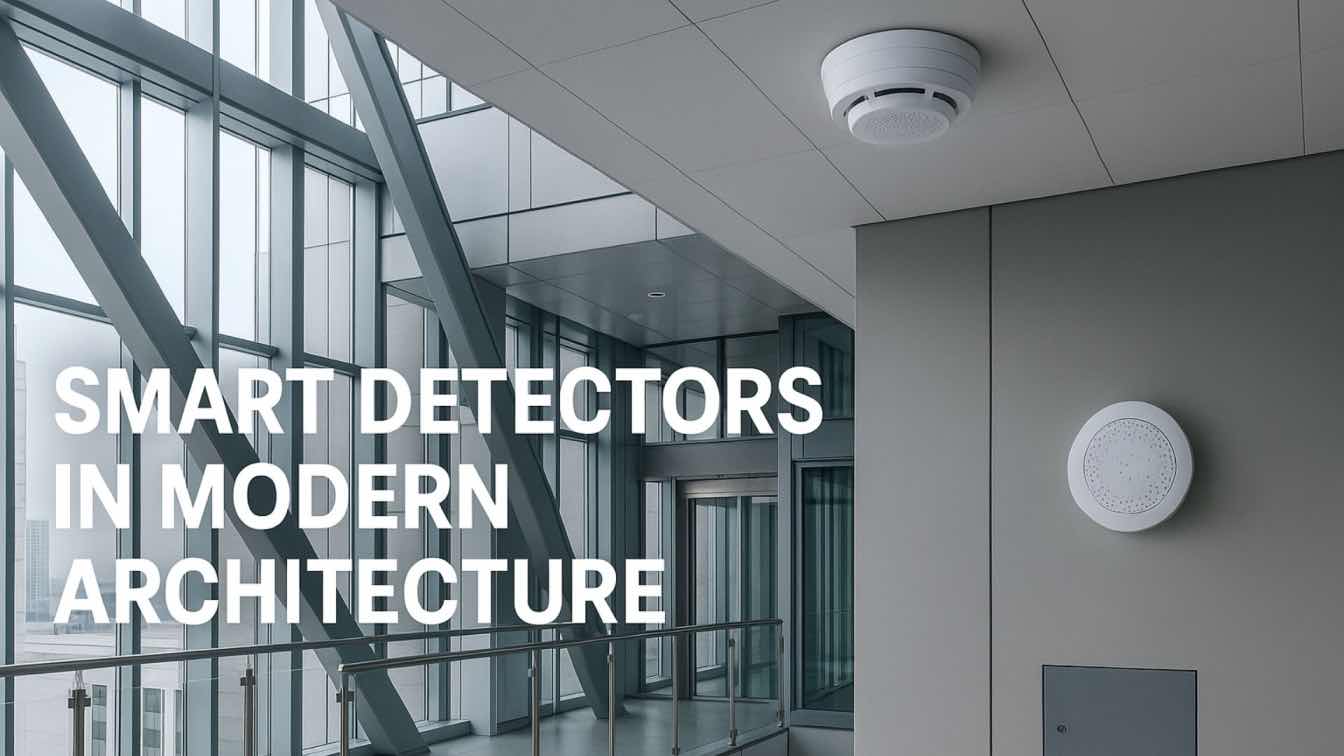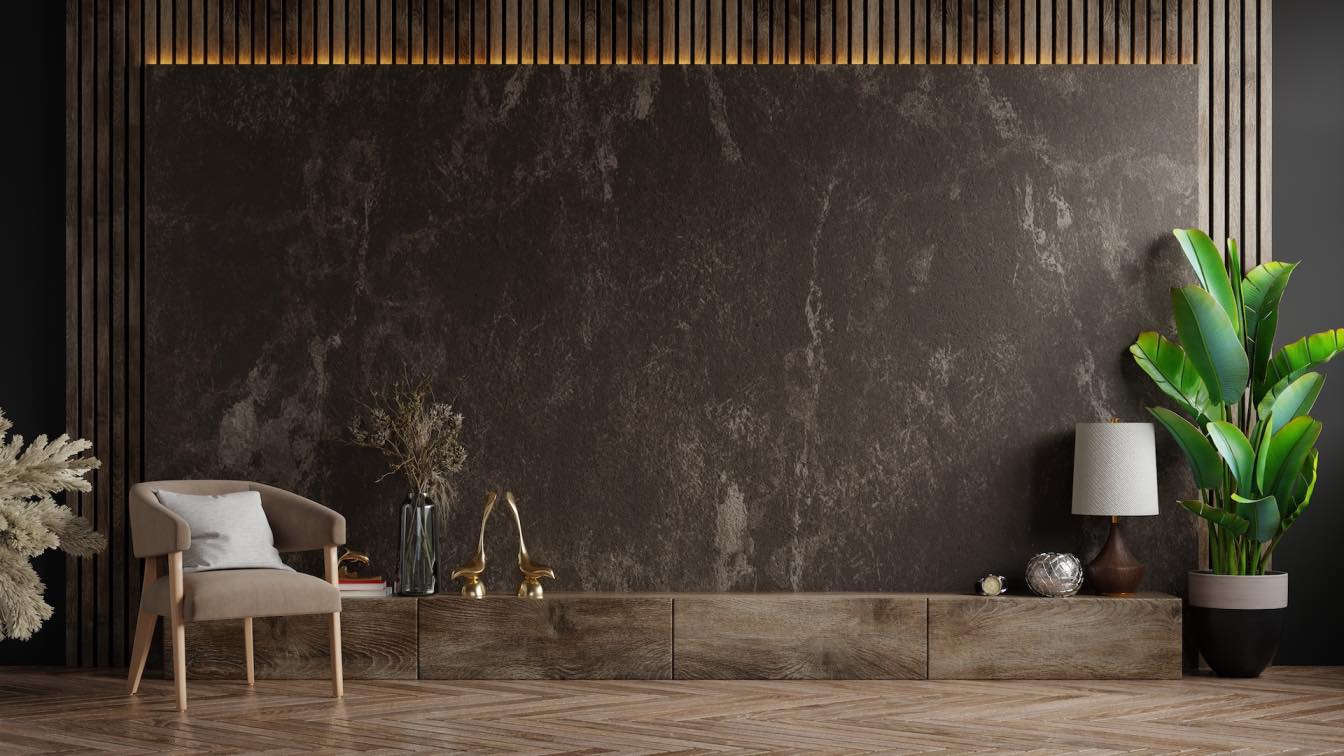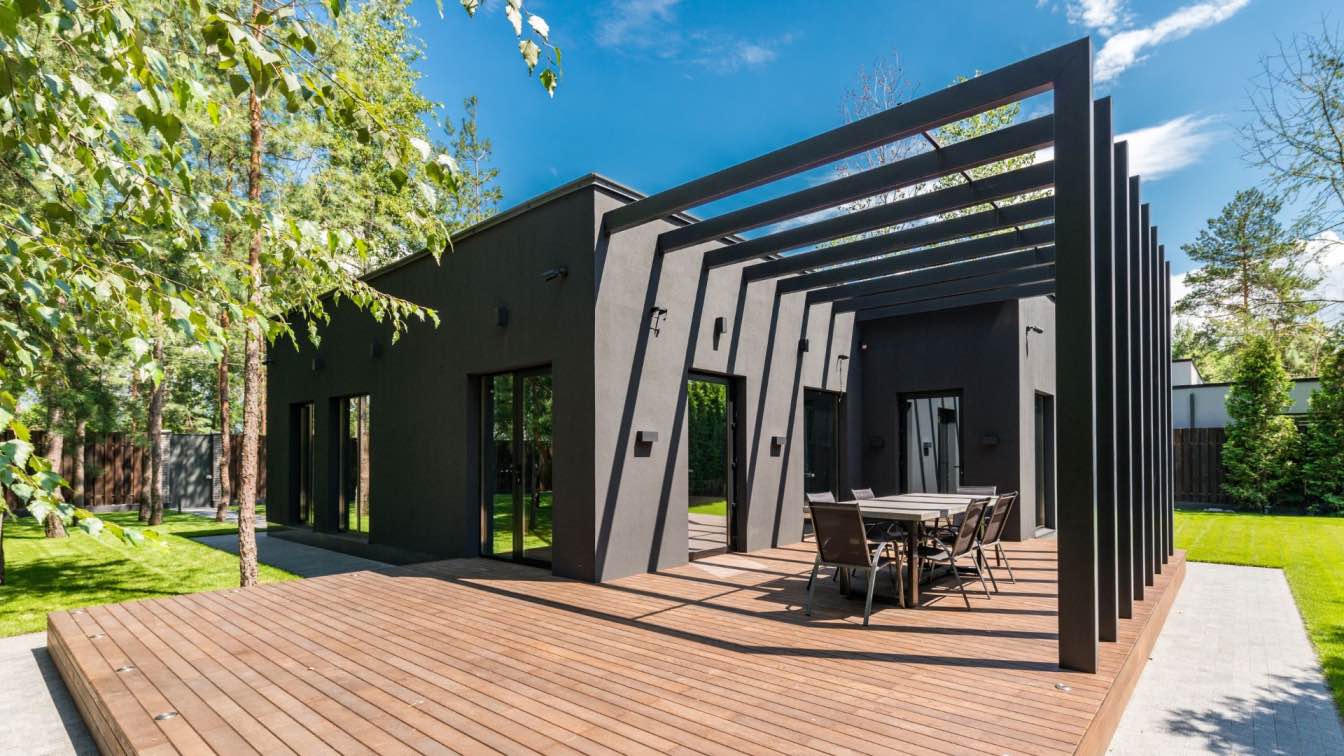In today’s building designs, safety technology is no longer an afterthought—it’s an integral part of the architectural process. As homes and public spaces become more connected, fire and gas detection systems have evolved to meet the demands of both safety and aesthetics. Smart detectors, in particular, are transforming how architects approach residential and commercial design.
From Functional to Integrated
Traditional smoke and carbon monoxide detectors were designed purely for function. They were often bulky, installed out of necessity, and rarely considered part of a room’s visual appeal. Modern architecture, however, values the seamless blending of technology into living spaces.
Today’s smart detectors are compact, streamlined, and often designed to complement interiors rather than disrupt them. This change allows architects to plan safety systems that align with their design vision without sacrificing performance.
How Smart Detection Enhances Building Safety
Smart detectors go beyond sounding a loud alarm. Many can send instant notifications to your phone, connect to other devices in your home, and provide voice alerts that specify the type of danger. These features mean faster reaction times and greater control in an emergency.
A well-placed smoke and carbon monoxide alarm can detect threats early, helping occupants evacuate safely and allowing emergency services to respond more effectively. For architects, these devices provide peace of mind that their designs are not only beautiful but also secure.
Design Meets Innovation: X-Sense XP0A-MR
An excellent example of modern detection technology is the X-Sense XP0A-MR. This interlinked smart Wi-Fi detector offers dual protection for smoke and CO hazards. It’s designed to work in sync with other units, so when one alarm is triggered, all interconnected devices sound simultaneously—crucial in larger homes or multi-floor buildings.
Its voice alerts add clarity during emergencies by announcing the specific threat detected. This helps eliminate confusion and allows people to act quickly. In architectural planning, placing interconnected detectors like the XP0A-MR in bedrooms, hallways, and main living areas ensures full coverage without cluttering the space.
A New Standard for Building Codes
In many regions, building codes are starting to acknowledge the value of smart detection systems. They can fulfill safety requirements while also meeting modern energy efficiency and automation standards. For architects working on premium or sustainable projects, smart detectors can be a selling point as much as a compliance measure.
Incorporating Smart Detectors Into Architectural Plans
When designing a home or commercial building, early planning for safety systems makes a difference. Consider:
1. Integrating devices during the wiring stage for concealed installations.
2. Positioning detectors in accordance with airflow and room use.
3. Choosing designs that match or enhance interior finishes.
Brands like X-Sense are helping make this possible with detectors that balance technical sophistication and modern aesthetics.
Final Thoughts
Modern architecture is about harmony—where safety technology blends seamlessly into the design. Smart detectors like the XP0A-MR represent the future of building safety, offering both style and substance. For architects, incorporating these devices isn’t just meeting a requirement—it’s elevating the entire living experience.





